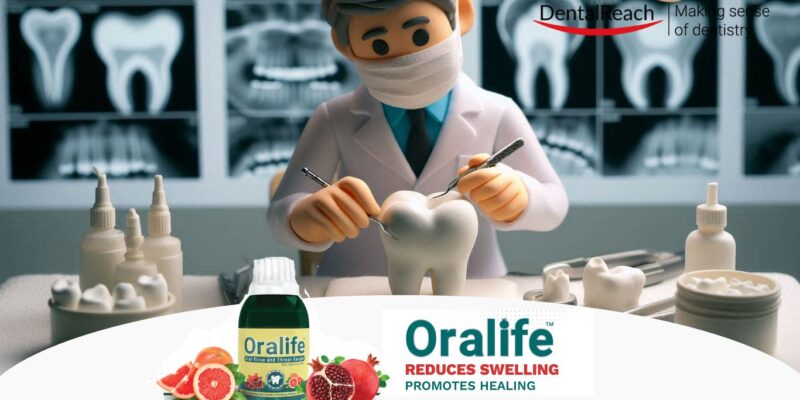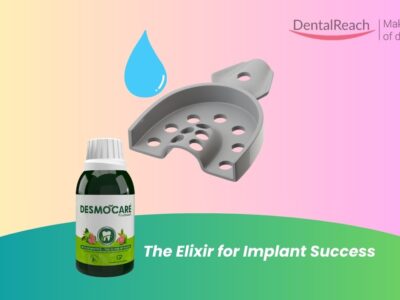Microscopic minimally invasive tooth preparation refers to using high-magnification microscopes while preparing the tooth to receive various restorations. This method aims to preserve as much natural tooth structure as possible while ensuring optimal bonding surfaces and finish lines for restorations.
Why Consider Microscopic Techniques?
Enhanced Accuracy
One of the primary advantages of using a microscope in tooth preparation is the unparalleled accuracy it offers. With an accuracy level reaching 0.1 mm, dentists can perform highly precise cuts that are difficult to achieve with the naked eye.
Preservation of Tooth Structure
Microscopic techniques allow for more conservative removal of tooth structure, which is crucial for long-term stability and health. By preserving more enamel and dentin, we can maintain the integrity of the pulp and periodontal tissues.
Improved Ergonomics
Using a microscope can improve ergonomic conditions for dentists, reducing physical strain during procedures. This aspect is often overlooked but plays a critical role in maintaining high standards over long careers.
Core Elements and Indications
Psychological and Physiological Factors
Before treatment begins, it’s essential to consider psychological and physiological factors comprehensively. Patients with uncontrolled periodontal diseases or severe wear should be carefully evaluated as these conditions may contraindicate certain esthetic restorations.
Anatomical Considerations
Understanding the anatomical relationship between different parts of the enamel and dentin is crucial. The thickness of these layers varies across different teeth positions, requiring precise measurements to avoid pulp irritation.
Diagnostic Tools
Diagnostic wax models are recommended for determining Target Restorative Space (TRS). These models help quantify accurate tooth preparation under high-precision TRS guides.
Comparison: Naked Eye vs Microscope
While traditional methods rely heavily on experience and skill under direct vision, microscopic techniques offer several distinct advantages:
- Precision: Microscope-assisted preparations can achieve finer detail.
- Tooth Preservation: Less invasive cuts mean more natural tooth structure remains intact.
- Ergonomics: Reduced physical strain on practitioners enhances longevity in practice.
Techniques in Microscopic Minimally Invasive Tooth Preparation
Various design considerations come into play when using microscopic techniques:
- Shoulder Width & Shape: Designs should minimize damage to cervical and periodontal tissues.
- Margin Placement: Supragingival or equigingival margins are recommended for reducing tissue damage.
- Tool Selection: Tungsten steel burs with appropriate tip shapes enhance finish line quality.
Clinical Protocols
A clinical protocol based on TRS guide plates provides new insights into achieving optimal results:
- Use diagnostic wax models to establish TRS.
- Apply high-quality cutting systems to minimize iatrogenic damage.
- Employ desensitization techniques like Immediate Dentin Sealing (IDS) to reduce postoperative sensitivity.
- Implement whole-course painless techniques for patient comfort.
Conclusion
Minimal invasive tooth preparation through microscopic technology represents a significant advancement in prosthodontics. By focusing on precision, preservation, ergonomics, and comprehensive diagnostics, this approach offers numerous benefits over traditional methods. While it may seem like a gimmick at first glance, its practical implications suggest otherwise—ushering in a new era where dental procedures are more accurate, less invasive, and ultimately more beneficial for long-term oral health.
The future of prosthodontics seems brighter through the lens of a microscope—literally!
Source: International Journal of Oral Science




















Comments